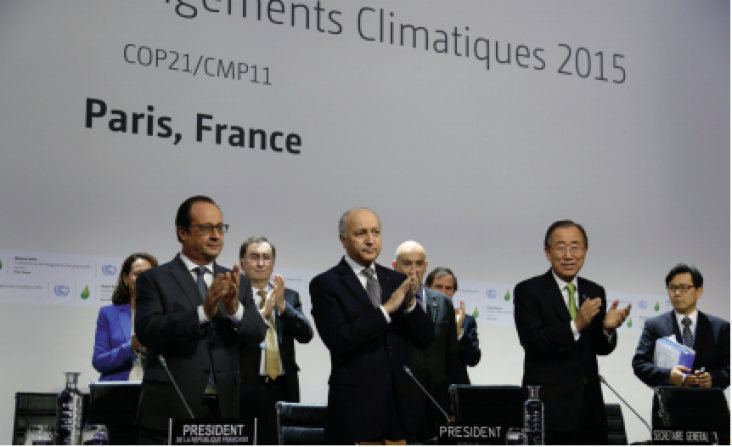This paper discusses the CO2 footprint of California's drought during 2012–2014.
The primary objective of this study is to determine what drives states to plan for the impacts of a changing climate.
Smart Technologies for Sustainable Smallholder Agriculture, Chapter 15, 2017, Pages 295–306
Challenges and Opportunities in Urban Public Transportation, Chapter 7, 2017, Pages 95–107
This paper uses ‘Medieval’ drought conditions from the 12th Century to simulate the implications of severe and persistent drought for the future of water resource management in metropolitan Phoenix

